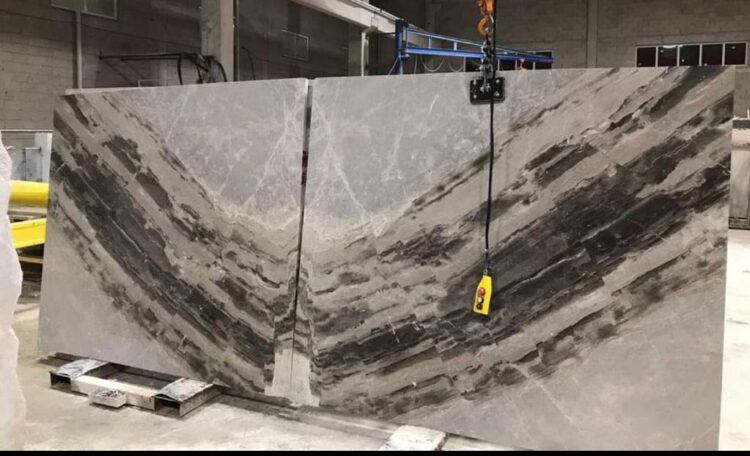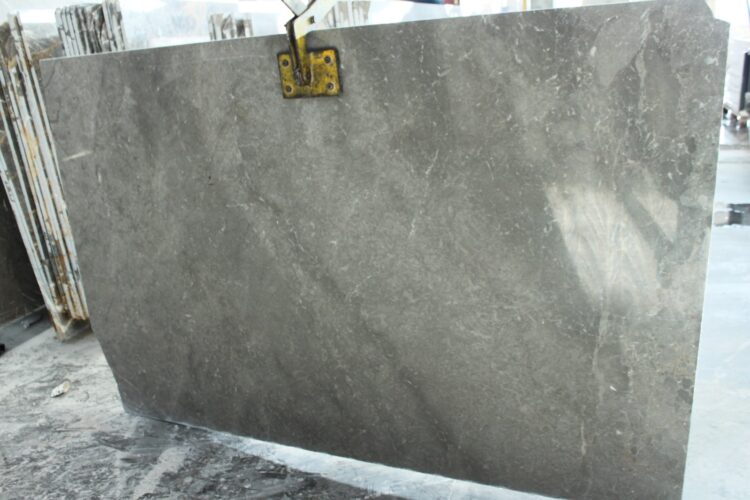After graduating from the Venice Academy of Fine Arts, Raffaello Galiotto shifted from the world of art to the world of design, founding his own design studio in 1993 and thus turning a new page in this field. Pushing the boundaries of materials and skillfully utilizing technology, Galiotto has developed innovative products and exhibitions, continuing to work with various materials such as plastic and marble. Teaching design courses at the University of Ferrara, he has also shared his academic expertise. In my interview with this innovative designer, we discussed his vision and his approach to merging art with technology.
How did you enter the world of design and how did your career journey begin?
I began my career right after graduating from the Academy of Fine Arts in Venice, quickly forming collaborations with local companies. Working closely with various production workshops and labs enabled me to enhance my theoretical knowledge with practical experience. This insight into production systems and processes allowed me to actively manage and direct projects beyond mere drafting, overcoming potential limitations.
How would you define your design philosophy and what fundamental principles do you adhere to in your projects?
I enjoy exploring materials, their properties, and the technologies used to manipulate them. However, I believe each design project should specifically cater to a company’s unique needs at a particular time for a specific user. Rather than imposing a single style across various projects, it’s my philosophy as a designer to prioritize applying consistent dedication and thoroughness to address each company’s distinct requirements and market challenges.
Good product design must balance aesthetics, functionality, reproducibility, cost, and environmental sustainability. These are the core principles that guide my designs, as I strive to innovate and enhance both the product and its market competitiveness.
Can you provide some insight into your transition from designing plastic products to working with marble and natural materials in your career? What was the main motivation behind this change?
I have always worked with a variety of materials, both artificial and natural, and find each to be a unique and interesting world for experimentation. Initially, I did not engage with the natural stone sector, as it lacked interest in design within my local area, rendering my early attempts to connect with it premature and futile. Interest among stone companies in northern Italy only began in the 2000s, driven by a downturn in demand and profit margins from the production of standardized flooring tiles.
I believe that research and design are essential for a company’s growth and should be a strategic priority, not just a response to crisis. After all, discovering natural stone was a turning point for me; despite its widespread use, I continue to find new qualities to explore and enhance, along with other surprising materials that exhibit unexpected characteristics. The world of stone continues to be a source of fascination.
What are your thoughts on future design trends and how do you anticipate these trends will impact the industry?
Sustainability is a universal concern, and design plays a crucial role in influencing systemic choices. I focus my projects on reducing material use and minimizing waste. In the stone sector, I have implemented various projects using shaped cutting to separate material rather than crushing excess through milling. Some of these projects, even with complex three-dimensional geometries, required significantly less material—often less than one-tenth of the finished product’s volume, made possible by today’s technology. Although this approach might not always be economically advantageous for companies, I believe that waste reduction is a critical aspect of responsible design. I value respecting non-renewable resources highly.
However, as long as the health of the stone sector is measured by the quantity of material used rather than the value added, these sustainable design efforts will struggle to succeed. A paradigm shift is needed to change this trend, but currently, I see no signs of such a shift.
What are your thoughts on future design trends and how do you anticipate these trends will impact the industry?
In a world that is increasingly virtual and artificial, the perceived value of natural stone is likely to rise due to its natural origin, age, stability, and enduring nature. Design sectors that recognize these attributes will likely focus more on stone, hopefully with greater skill and knowledge of its unique properties.
Furthermore, the integration of digital technology in design could transform these potential qualities into practical benefits. However, the stone sector, perhaps hindered by its traditional nature or a reluctance to innovate, lags other industries in adopting new operational methods. Technologies in laboratories are often underused, leading to slow progress in the machinery sector, which doubts whether companies and their staff can appreciate these advancements. Despite these challenges, I am optimistic that we will eventually see improved artifact quality and a greater appreciation for the natural qualities of stone.
Could you share a few of your award-winning projects and provide some information about the innovative approaches you took in these projects?
Arcolitico
by Margraf
L’Arcolitico, è un arco parabolico sperimentale in Fior di Pesco Carnico (12×3,85×14,5 m), progettato a computer con software parametrici e lavorato esclusivamente a taglio, con l’impiego di filo sagomatore controllato numericamente.
The Arcolitico is an experi-mental parabolic arch made of Fior di Pesco Carnico marble. (12×3.85×14.5 m) and was designed on a computer using parametric software, then processed in an entirely cutting-based procedure using a CNC wire frame.
Micete
Il progetto è stato realizzato con tecnologia ad arco a filo diamantato montato su un braccio robotizzato antropomorfo.
The project was made with diamond wire technology mounted on an anthropomorphic robot arm.
Zenith
in Sodalite, Antolini
Zenit è un’opera verticale e cava di 360 centimetri di altezza, ottenuta solamente da un massello di marmo tagliato a water jet.
Zenit is a hollow vertical work, 360 centimeters tall, made from a solid marble cut by waterjet.
Velata collection
vase and bowl in Bianco Covelano by Margraf
Frammenti collection
column in Polaris Gold by Margraf
Petalo
table in Giallo Siena, Calacatta Viola, Arabescato Vagli by Lithos Design
Pietre luminose, in Rosa Agata by Lithos Design
Ring lamp in Travertino
Rubus in Azul Macaubas, Essegra Keystone
Proto II in Palissandro Reale, Gruppo Tosco Marmi


































 +90 532 585 51 95
+90 532 585 51 95 +90 532 585 51 95
+90 532 585 51 95